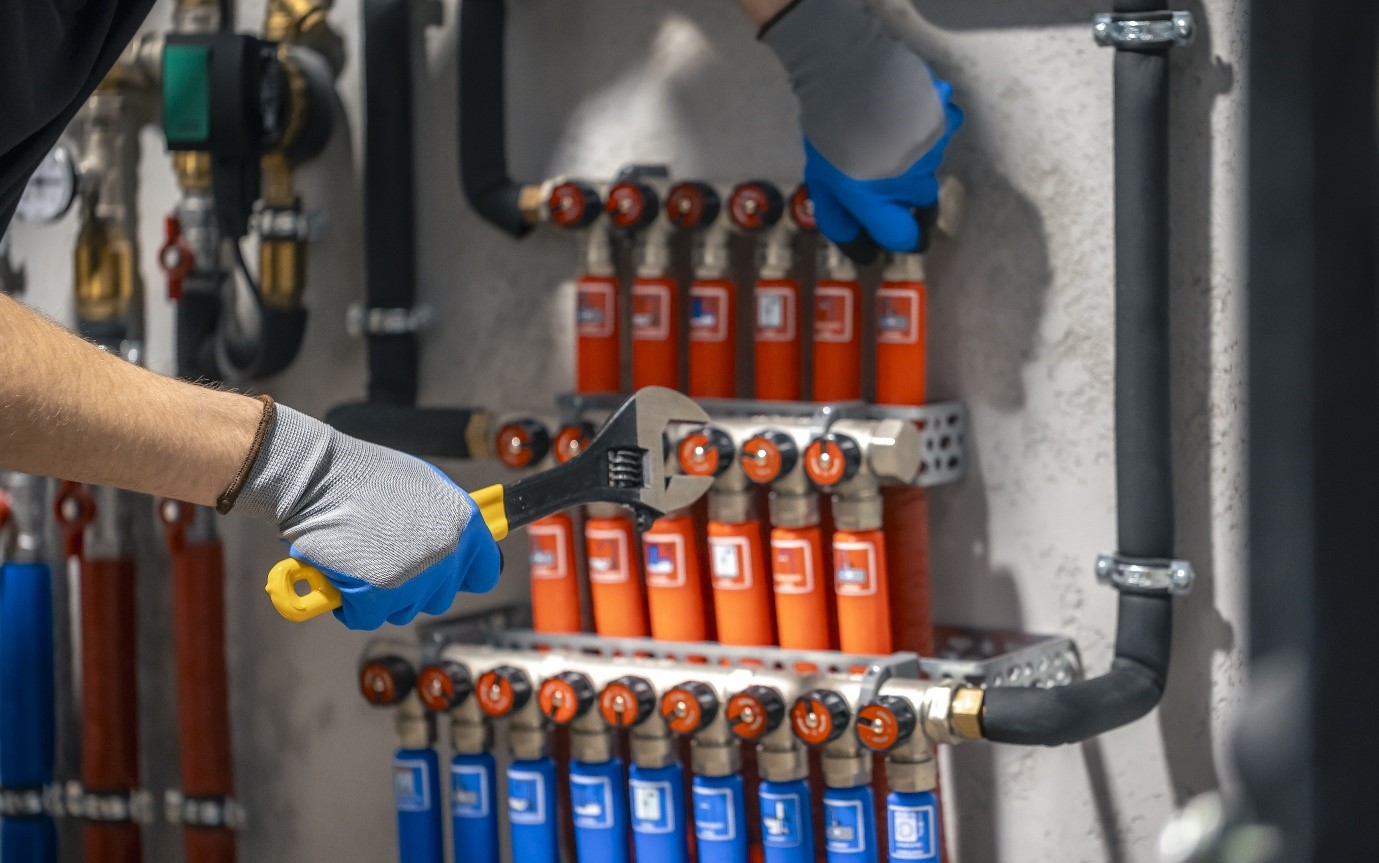Industrial batteries are vital components in many industries, from manufacturing to telecommunications. However, these batteries can pose safety risks if not handled properly. To ensure safety, companies need to follow strict guidelines and standards when installing and maintaining industrial battery solutions. This blog will explore essential safety measures and standards to help maintain a secure environment for using these systems.
Why Safety Matters in Industrial Battery Systems
Industrial batteries store large amounts of energy. If mishandled, they can lead to hazards such as overheating, fire, or even explosions. According to the National Fire Protection Association (NFPA), battery failures are a known cause of fires in industrial settings. Therefore, implementing safety protocols is essential to avoid such risks and ensure smooth operation.
-
Proper Installation and Ventilation
Installing industrial battery solutions requires careful planning. Batteries need to be positioned in a well-ventilated area to avoid the buildup of gases, which can be hazardous. Proper ventilation ensures that any heat or gas generated by the batteries can dissipate safely. This is especially important for lead-acid and lithium-ion batteries, as they can release hydrogen gas during operation.
Safety Tips:
- Ensure that batteries are installed away from direct sunlight or heat sources.
- Maintain adequate space around each battery for air circulation.
- Use gas detection systems if the batteries release hazardous gases.
-
Regular Maintenance and Monitoring
Routine maintenance is crucial for the longevity and safety of custom power supply and industrial battery systems. Checking for signs of wear, corrosion, and leaks can help prevent major issues. It is also essential to monitor the battery’s performance, temperature, and charge levels regularly.
Maintenance Checklist:
- Inspect for corrosion on terminals and connectors.
- Check for any signs of swelling or leakage.
- Monitor voltage levels and temperature regularly.
- Replace batteries showing signs of damage or reduced performance.
Regular monitoring through battery management systems (BMS) can provide real-time data on the battery's status. This allows for early detection of potential problems, which can be fixed before they lead to safety hazards.
-
Implementing Safety Standards and Certifications
Safety standards set by organizations such as the International Electrotechnical Commission (IEC), Underwriters Laboratories (UL), and Occupational Safety and Health Administration (OSHA) play a critical role in the use of industrial batteries. Adhering to these standards ensures that the custom power supply and industrial battery systems are built and maintained with safety as a priority.
Key Standards:
- IEC 62133: Focuses on the safety requirements for portable batteries, particularly lithium-ion and nickel systems.
- UL 1973: Covers batteries used in stationary and motive applications, including emergency power supplies and energy storage.
- OSHA Guidelines: Ensure the safety of workers handling and installing industrial batteries.
Following these standards reduces the risk of safety incidents and ensures compliance with regulations, protecting both workers and equipment.
-
Temperature Management and Thermal Runaway Prevention
One of the major risks with industrial batteries is thermal runaway. This occurs when a battery overheats and triggers a self-sustaining chain reaction, leading to an explosion or fire. Effective temperature management is essential to avoid such dangerous situations.
How to Manage Temperature:
- Use cooling systems to regulate the temperature of the battery storage area.
- Install thermal sensors to detect any increase in temperature.
- Keep batteries away from any potential heat sources.
- In case of thermal issues, implement immediate cooling measures.
Proper temperature management can also prolong the life of the battery, ensuring more efficient operation over time.
-
Safe Charging and Discharging Practices
Charging and discharging are fundamental aspects of using industrial battery solutions, but they must be done correctly to prevent safety risks. Overcharging or deep discharging can damage batteries and increase the risk of malfunction.
Best Practices for Charging:
- Always use compatible chargers for the specific battery type.
- Avoid overcharging by using smart chargers that cut off power once the battery is full.
- Implement controlled discharge systems to prevent excessive depletion of the battery.
- Ensure that charging stations are located in safe, ventilated areas.
Safe charging and discharging are critical to maintaining the performance and safety of the battery system.
Summing Up
Ensuring safety in industrial battery solutions involves following strict safety measures, from installation to maintenance. Proper ventilation, regular monitoring, adherence to safety standards, temperature management, and safe charging practices are vital components in protecting both equipment and personnel. Each of these measures plays a significant role in maintaining a safe working environment and prolonging the lifespan of battery systems.
If you are looking for reliable and safe custom power supply or industrial battery solutions, consider consulting Emerging Power. We offer comprehensive solutions designed with safety and performance in mind, ensuring that your operations run smoothly and efficiently.

